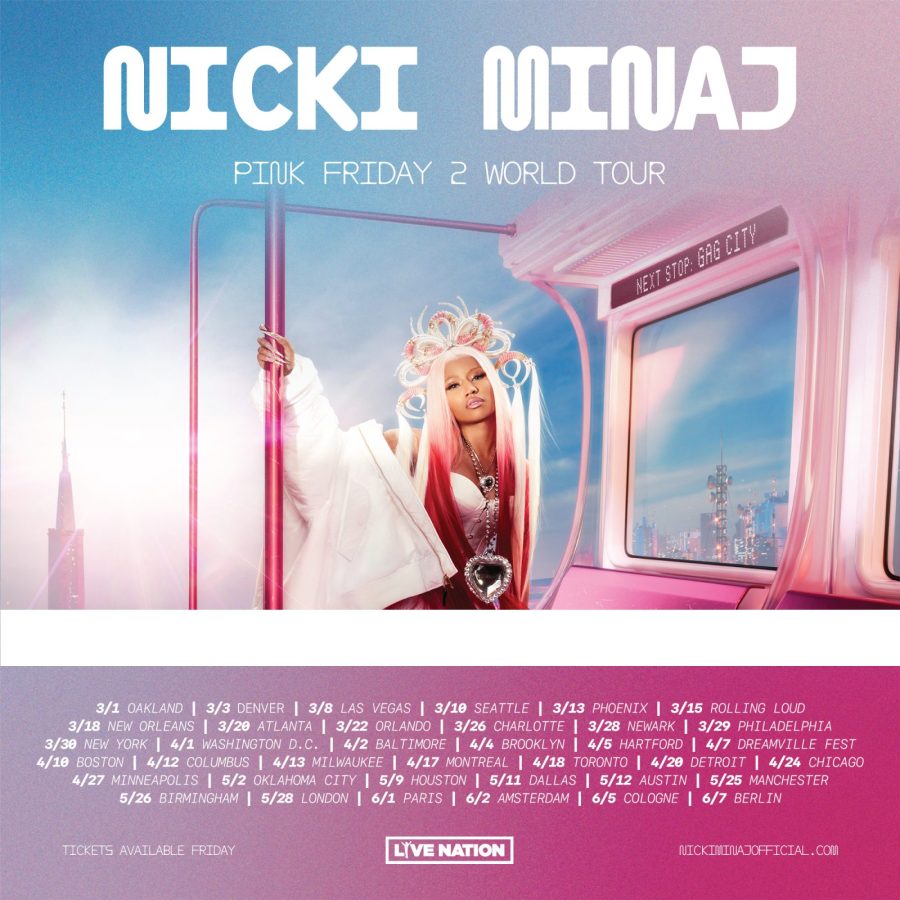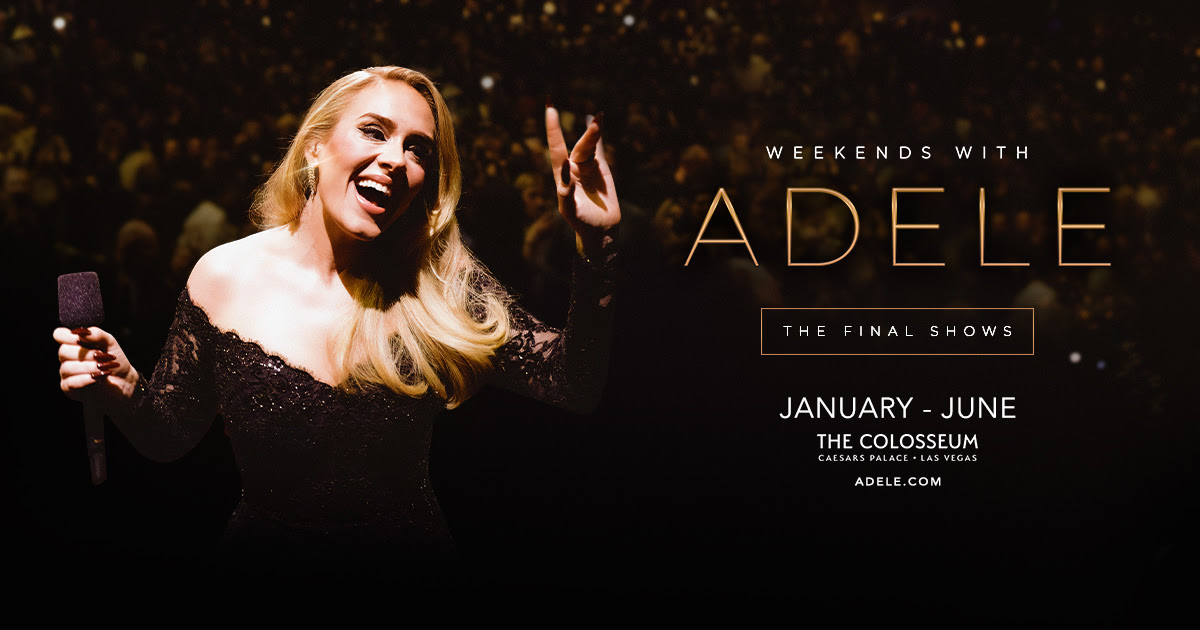
Sean Draper is a clever experimenter. The first thing you notice about her, especially if her forthcoming record is your introduction to the project, is the wordplay in her album title and moniker. Then you will be hit by the technicolor waves of fuzz and noise. Bothy is Pander Sera’s debut LP due out next week, and today she reveals the single, “No Eye Deer”; listen below.
In honor of the album’s release, Grimy Goods exchanged some words with Draper about her influences, coping through music, and of course, her unending wit. Read the interview below and catch her perform at Junior High on March 16.
Grimy Goods: The word “bothy” seems to have multiple connotations. It is defined as a temporary shelter, but also seems to allude to a simultaneous duality—“both-y.” Is the ambiguity intentional?
Pander Sera: I’m glad you picked up on that! I definitely intended for folks unfamiliar with the word to lean toward multiple possible readings. It’s a strange word to many yet it refers to something so simple and universal. To be totally honest, I learned what a bothy was from Under the Skin (gorgeous 2013 movie), and the role it served in that story’s climax made me personally feel the concept as a grander metaphor that I thought could be a perfect title for this album.
More than an exploration of identity, Bothy also helped you to grieve and to cope with your own destructive thoughts. Can you speak about the healing powers of making music?
Allowing oneself to express and create is such a powerful healing aid but we often take it for granted or we give into self-conscious doubts. With these songs I wanted to let it flow out through attitudes and energies that felt as honest as possible. If I were to get hung up focusing on trying to sound too cool or hip or smart or whatever with the music and messaging, I knew I’d run the risk of doing everybody a disservice. I wanted to convey emotions more than anything too intellectual. I think it’s important to be able to convey serious topics with a sense of levity. Occasionally I was worried I was veering into precariously corny territory but I knew it could remain valid if it remained honest. With the Bothy material, as is pretty apparent, I lean heavily on a sort of lower-frequency octave support to both literally and figuratively resonate with the listener, to really get their sternum rattling. Through these sorts of visceral bodily vibrations it can be a lot easier for us to relax and heal ourselves often without even consciously realizing it. There’s also something to be said about the catharsis of performing/hearing music that feels assertively empowering. Drums are wonderful for sinking into and playing through our most volatile emotions.
Which comes first in your songwriting: the lyrics or the melodies?
It depends! With this group of songs, the melodies and lyrics would often come simultaneously, their phrase shapes emerging organically from inspiration gleaned throughout the day. I believe “Mascot” was the final seed to sprout while “Get Busted” and “11 Months” are the oldest, both originally written about 7 years ago while I was living in Santa Cruz. The former was drafted as a poem and the latter simply popped into my head one day while I was walking through the forest. Some of these songs have shifted and evolved a great deal over the years, someday I’d like to reveal the earlier versions so people can follow these trajectories for fun if they’re interested.
You clearly love wordplay (“No Eye Deer” and “Baron” are the most obvious examples) but your vocals are highly processed. How do you draw the line between being obscured by effects and fitting with the aesthetic vision for the track?
It feels like somebody is finally following a trail of crumbs I’ve meticulously laid out over years! For the vocals, I wanted a crystalline yet saccharine quality so they could be sharp enough to cut through the rest of the primordial murk while maintaining its candy-coated flavor. One of the mental references I remember discussing with producer and longtime friend David Burris was this image of an old cathedral covered in vines surrounding a singing choir of robots who had gathered inside, joyfully blurring distinctions between the mechanical and the organic. Traditionally, psychedelic or experimental pop music likes to hide vocals with effects, a trope to which I can often relate, however I wanted to make sure there was a sonic distinction between the primary “voice” of the album and the other more subconscious vocals. Deliberately obscured words can lend themselves to pareidolia, a sort of audio Rorschach test, which leaves meaning open to the experiencer. Much of this inner-mind chatter was created by running inspirational clips of audio from televised interviews with personal heroes (such as Grace Jones and Yoko Ono) straight from Youtube into a run-down VCR that records its tapes at a slower-than-standard speed. When the resulting tape is then played back at regular speed in a functioning VCR, the blending of digital and analog distortions warps the speech into an otherworldly language. I love facilitating happy accidents with otherwise broken equipment.
“Thorns,” the final track, is percussive and excitable, with lyrics that mention rebirth. It is a beautiful and apt way to close out the record. What are you hoping people will take away from Bothy?
“Thorns” ultimately evolved into a conclusion for the album. Almost complimentary to the loftier themes of the song, the titular line came about while I was watching my dog playing in some bushes. Originally the lyric was “don’t shove your face in thorns” as a kind of warning but I found it made much more sense contextually as “go shove your face in thorns,” daring you to live your own life of joyous play regardless of hesitation. The final stanza was written with the intent of a warm send-off; the bothy dweller has completed their stay and is finally ready to move on to whatever comes next. It’s a loving goodbye from the structure to the individual, a congratulations for overcoming the “hidden cage.” I wrote Bothy with a fluid narrative in mind. While each piece could be identified as a beginning, ending, or something in between, the order is deliberate and describes someone navigating through a profound inner journey. Sometimes changes are soothing, sometimes they are abrupt. It is our mixtures of experience that ultimately fortify us.
Who are you speaking to at the end of “Reset”? “Could you just let me go try to make it out on my own”
The subject is an amalgamation of doubters in my life: people who have lacked faith in me despite consistent attempts to dictate what is best for me. I’m addressing stubborn friends, former significant others, and even my own self in my weaker moments. Anyone who clings but is afraid to love, learn, or trust.

Trans women seem to be at the forefront of several experimental-related genres, such as Anohni, Vektroid, and SOPHIE. Who influences you? Where do you see yourself in the web of experimental musicians?
The list would be so long! All three of those artists are certainly continual influences, each a visionary in her own right. Seeing Anohni perform live in 2016 was like a bath for my soul. I grew up loving her work but her recent output has been in this whole other league. Fun fact: it was after watching me sob/dance to her set that my brother was motivated to refer to me with she/her pronouns and introduce the concept to the rest of our family. In terms of my own place in the web, I have trouble imagining my current self in even the same sentence as such a pantheon. Despite my constant over-sharing I can be extremely shy and novice and I still have a lot to work on when it comes to myself! I do give a lot of thought to the historical connections between women and experimentation as well as the strides made by trans women in fringe scenes and more recently on the stage of mainstream Pop. Electronic music has always been steered by a healthy female presence even if today we get distracted by the overbearing hypermasculinity of certain popular EDM trends. Some kids these days don’t even know who Wendy Carlos is! Something I also love to think about regarding the traditions of early video art is that it was one of the few creative mediums to become quickly and infamously dominated by women. Everything about its production and distribution could be controlled by the artist so you could feasibly work the system in such a way that there was hardly anybody you’d ever need to answer to. Your content could be anything you wished to dream up or wanted to get across. I’d rather not put this into such concrete words but I’ve always felt there to be a definite link between certain progressions of artistic expression and certain humans who know what it feels like to have a foot on their neck. I do not mean this in the more naive “good art comes from suffering” kind of way, I just believe it is always vital to understand everybody’s perspectives, most especially when they’re coming from outside the dominant paradigm.
Who designed the album art? Was there a particular inspiration for it?
I do all my own art and design. A few years ago I started painting shapes on the cardboard squares that come shipped with vinyl records. I’ve always loved to paint but I hadn’t actually sat down and done it in many years due to insecurities. The album art is a version of a painting that no longer exists; the original cardboard has since been changed beyond recognition (and ultimately scrapped) so the image we see lives on in a kind of special liminal space. It was something I was working on while I was thinking about possible art for the album so it naturally began to click into place as I continued to paint. There’s a lot that could be read from the image, I’d rather let people conjure their own experiences with it!
Drums and feedback are both the heart and spine of the album. What can people expect for your live setup?
Hopefully some rattled sternums! I’ve been playing and developing the live set for several years now; Bothy was conceived with certain specific goals in mind like continuing the widely-shared mission of bridging gaps between Noise and Pop but I had to be able to perform it live. Before Bothy my songs were mostly pieced together in a DAW or some kind of software so for this project I really wanted to develop something that could be an in-person, almost haptically shared experience. Practically speaking, the setup is a microphone, a drum kit, and a table of effects pedals. If the venue allows, I project my own visuals; over time I found my various aesthetic preferences could make more sense when blended together. I’ve been acting and playing music on and off stages my whole life and I’ve really wanted to return to that tangible exchange of loving energy between performer and audience. It just feels so damn human to sweat together in the dark as waves pass through our bones.
You can catch Pander Sera at Junior High on March 16th; more info. Her album, Bothy, will be out on March 22 via Mateo Sound. Follow her on Facebook, Twitter, and Instagram.













